While there were likely more Norwegians and Danes than Swedes during the Viking Age, the Swedish Vikings still managed to spread their influence far and wide. Both runestones and sagas speak of Swedes who journeyed and conquered land and riches in England, France, Spain, Italy, Gårdarike (modern-day Ukraine, Belarus, and Russia), Miklagård (Constantinopel), Georgia, and Azerbadjan — to name a few.
Although we certainly cannot trust the Norse Sagas as factual in all cases, they do attribute many of the Viking Age heroes to Sweden, and historians have identified a substantial chronological list of so-called Saga Kings. These are the semimythical rulers of Sweden during the Viking Era, among whom we find famous historical Vikings such as Ragnar Lothbrok, Björn Ironside, and Eric Segersäll — but also straight-up gods such as Odin, Gylfe, Njörðr, and Frey.
Swedes ultimately held on to the Viking lifestyle the longest, as the last of the three Scandinavian kingdoms to abandon the Old Norse gods and convert to Christianity.
Let’s find out more about the Swedish Vikings, who they were, and where they voyaged!
- Were Swedes Vikings a.k.a. Norsemen?
- Are Modern-day Swedes Descendants of Vikings?
- Where Did Swedish Vikings Journey?
- Swedish Vikings raid the Baltics
- Varangian Swedes in Constantinopel
- Björn Ironside Raids the Seine River in West Francia, all the way to Paris
- Björn Ironside Joins Hastein on a "Mediterreanean Raid"
- Rurik and his brothers journeys to Ladoga and Novgorod
- Swedes join Danes and Norwegians in England
- Ibn Fadlan meets Swedish Vikings ("Rus") at the Volga river
- The Swedish "capital" of Birka is flourishing from the influx of raiding riches
- Ingvar the Far-traveled raids the Black and Caspian Seas
- What Were the Swedish Vikings Called?
- Who Are The Most Famous Swedish Vikings?
- Are There Any Swedish Kings Who Were Vikings?
- Who Lived in Sweden Before the Vikings?
- How Long Did the Viking Age Last in Sweden?
Were Swedes Vikings a.k.a. Norsemen?
Swedes definitely played a big part in the Viking Age and were of Old Norse origin (along with Norwegians and Danes). They went on Viking voyages to places like England, France, Spain, Italy, Ukraine, Russia, the Balkans, Turkey, Georgia, and Azerbadjan, settling in and influencing many of the places.
The Swedes’ most important city during the Viking Age was Birka, founded by one of the early Swedish Kings and situated in Lake Mälaren (close to the modern capital Stockholm), which ultimately connects to the Baltic Sea.
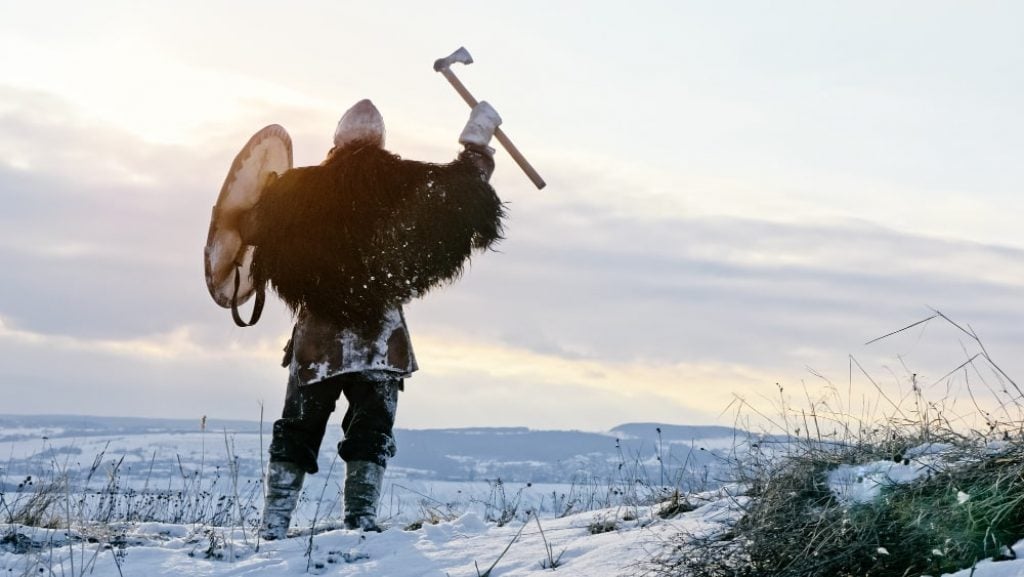
Are Modern-day Swedes Descendants of Vikings?
Today’s Scandinavians are about 65%-80% “Viking Age Scandinavian” as far as DNA makeup goes, with the rest of the DNA being primarily Finnish, Western European, British, Eastern European, and Irish (all are > 1%).
Where Did Swedish Vikings Journey?
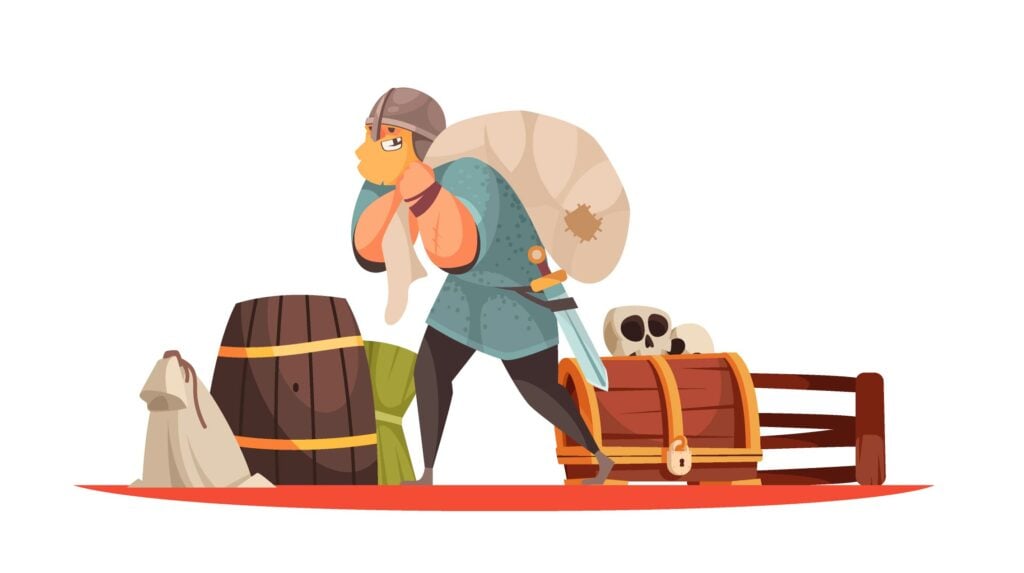
What Were the Swedish Vikings Called?
Swedes at the time could be called any of the following terms interchangeably by non-Norse cultures they encountered (as was common in those days):
- “Vikings”
- “Northmen”
- “Swedes”
- “Danes”
- “Norwegians”
- “Rus”
- “Varangians”
- “Vagyars
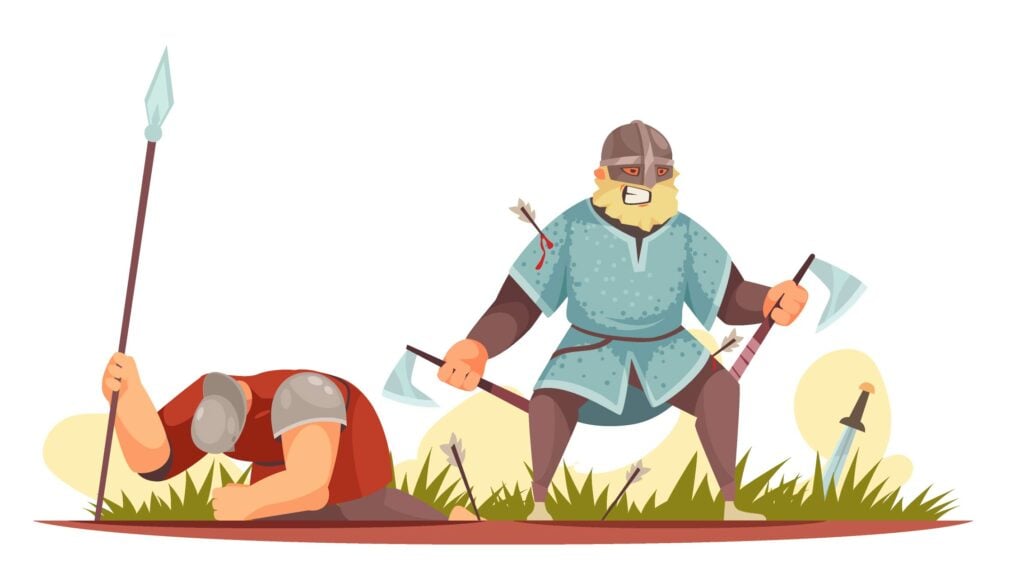
Who Are The Most Famous Swedish Vikings?
- Ragnar Lodbrok – Legendary King of Sweden, Denmark and Norway, and main character of the TV series Vikings.
- Björn Ironside – Son of Ragnar Lodbrok and King of Sweden
- Erik Segersäll (Eric the Victorious) – The first King of Sweden that can be verified historically speaking
- Rurik – The first ruler of the Kievan Rus, what would eventually become Russia.
- Sigurd Ring – Father of Ragnar Lodbrok and mythical King of the Swedes and East Geats (Östgötarna)
- Helge den vise (Oleg of Kiev) – Relative and successor to Rurik, expanding the Rus’ influence greatly southwards, via Kiev all the way to Constantinopel where the Byzantine emperor had to pay to make them leave. Helge laid the foundation for the Kievan Rus’ powerhouse that came to dominate most of what is today western Russia, Belarus, and Ukraine.
- Ingvar Vittfarne (Ingvar the Far-Traveled) – Ingvar and his 3000 Viking warriors raided the Black Sea and as far as the Caspian Sea east of Azerbadzjan. This Viking expedition has been mentioned on 25 runestones, the so-called Ingvar stones.
- Skoglar Toste – Viking who received Danegeld from the English after having invaded succesfully with Ulf i Borresta.
- Freygeirr – Viking chieftain who probably led a leidang expedition. He is considered to have been active in the 1050s on the Baltic coast, and he has been identified on six runestones
- Ragnvald Ingvarsson – Commander of the Varangian Guard
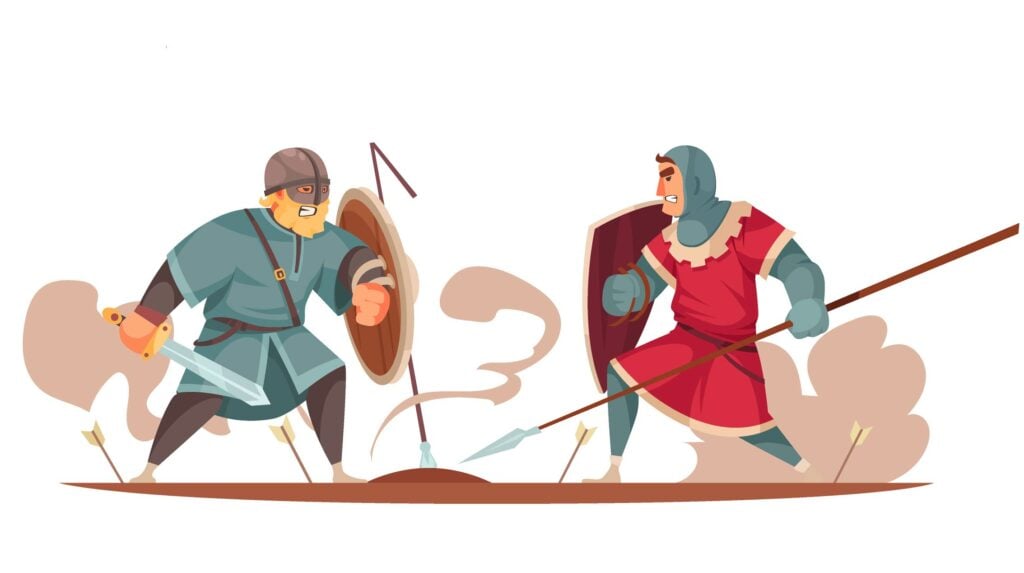
Are There Any Swedish Kings Who Were Vikings?
The Munsö Kings
Langfeðgatal lists the following line of Munsö kings:
- Ragnar Lodbrok – earliest king mentioned in Langfeðgatal. Conquered Sweden from Eysteinn Beli according to the Hervarar saga.
- Björn Ironside – son and successor of Ragnar Lodbrok.
- Eric Björnsson – son and successor of Björn Ironside.
- Eric Refilsson – son of Refil, a son of Björn Ironside, and successor of Eric Björnsson.
- Anund Uppsale and Björn at Haugi – sons of Eric Björnsson and co-successors of Eric Refilsson.
- Eric Anundsson – son and successor of Anund Uppsale.
- Björn Eriksson – son and successor of Eric Anundsson.
- Eric the Victorious and Olof Björnsson – both sons and co-successors of Björn Eriksson. Eric the Victorious is a historical king, with his reign lasting from 970 to 995.
- Olof Skötkonung – real historical king 995–1022, son of Eric the Victorious.
- Anund Jacob – real historical king 1022–1050, son of Olof Skötkonung.
- Emund the Old – real historical king 1050–1060, illegitimate son of Olof Skötkonung.
All but the last three followed the Old Norse Gods, and were considered what we today refer to as Norse, or indeed Viking.
Who Lived in Sweden Before the Vikings?
The Germanic people living in Scandinavia during the Viking Age originated from multiple places and came to the region in three main migration waves;
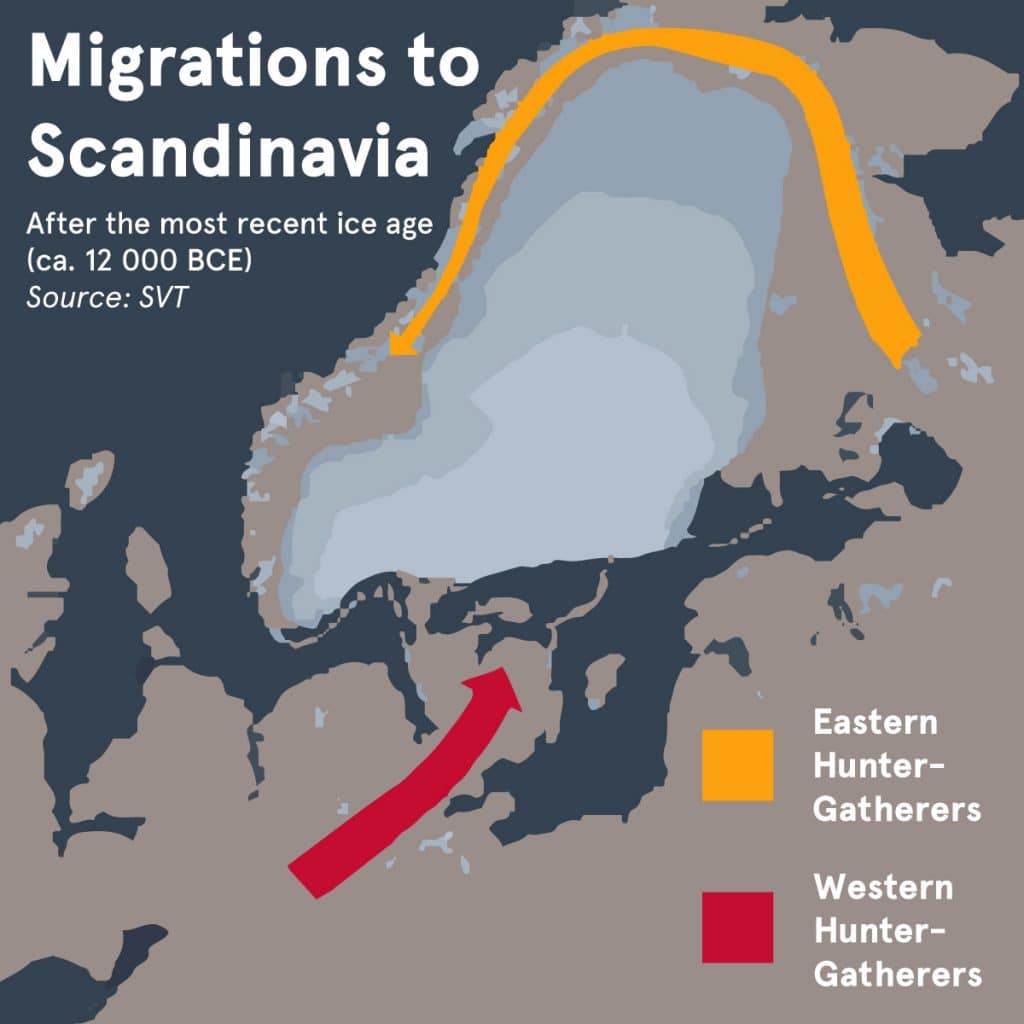
The Sami people arrived around the start of the Common Era (so around year 0) from the North-east via Finland, and were settled in northern Lapland, Sweden as the Viking Age started.
The Samis were known to trade and intermingle with Norse merchants from both Sweden and Norway, and may have been referred to as Fenni by Roman historian Tacitus when he mapped out the Scandinavian tribes around 98 CE.
How Long Did the Viking Age Last in Sweden?
The Viking Age lasted around 400 years in Sweden; beginning around 700 CE with the first European raids and ending around 1100 CE as the last Old Norse kings were christianized.
The first Viking king of the Swedes was likely Ivar Vidfamne (originating from Scania and ancestor to Harald Fairhair), and the last was Eric the Victorious (descendant of Ragnar Lothbrok and Björn Ironside of the Munsö Dynasty).
By the way, if you're looking for some historically accurate viking apparel and wall art, I've designed a large collection of Norse wall art and apparel based on and inspired by actual archeological finds from Viking Age Scandinavia.
Sources:
https://popularhistoria.se/sveriges-historia/vikingatiden/vikingar-i-vasterled
https://popularhistoria.se/sveriges-historia/vikingatiden/vikingar-i-osterled
http://www.septentrionalia.net/etexts/alfraedi3.pdf
http://cornelius.tacitus.nu/heimskringla/ynglingasagan/index.htm
https://www.nature.com/articles/s41586-020-2688-8
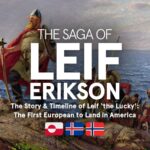 Leif Erikson: The Full Story (History, Facts & Timeline)
Leif Erikson: The Full Story (History, Facts & Timeline) The History of Sweden: A Timeline of the Swedish People
The History of Sweden: A Timeline of the Swedish People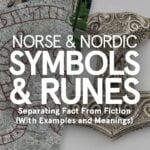 Old Nordic Symbols: Norse Runes & Viking Ornaments (Meanings & Examples)
Old Nordic Symbols: Norse Runes & Viking Ornaments (Meanings & Examples) Is Vikings Worth Watching? (Complete Guide with Comparisons)
Is Vikings Worth Watching? (Complete Guide with Comparisons)

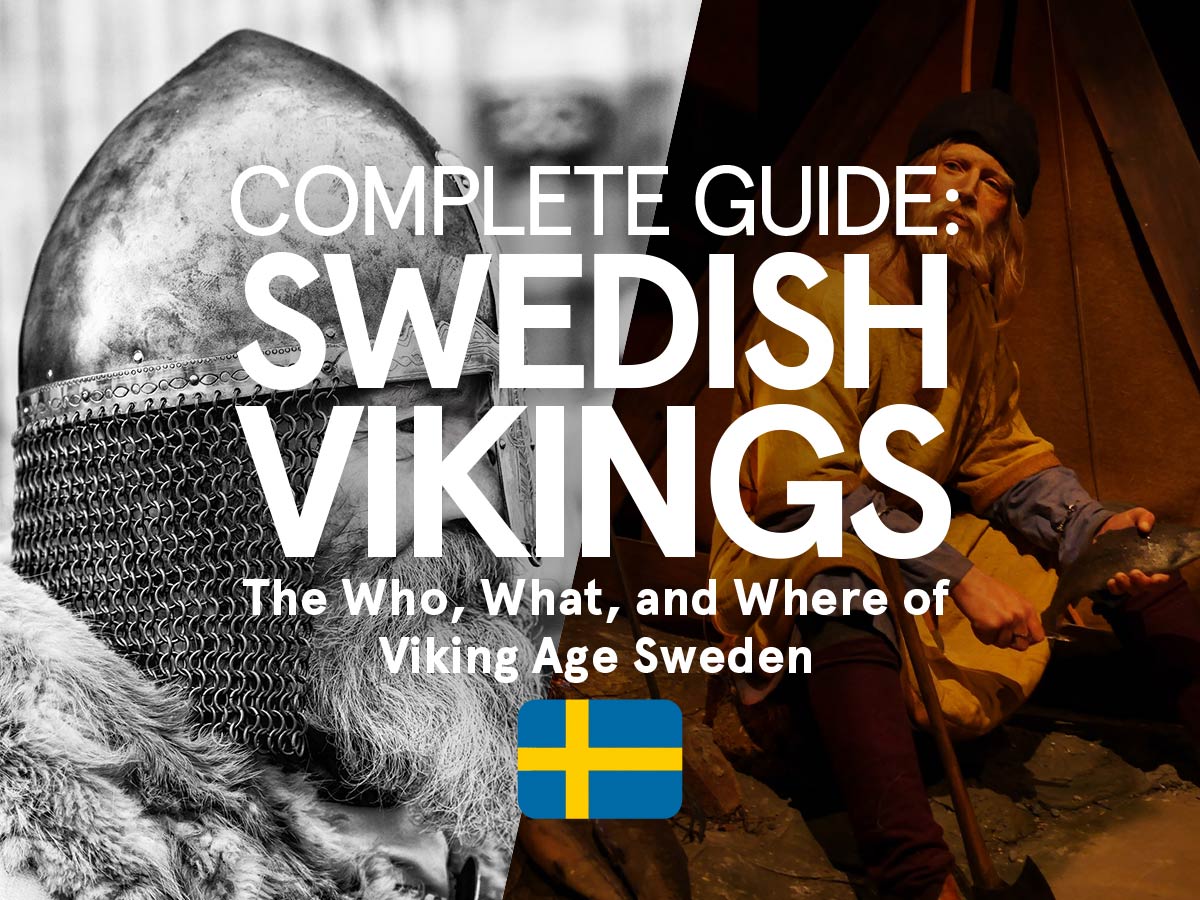



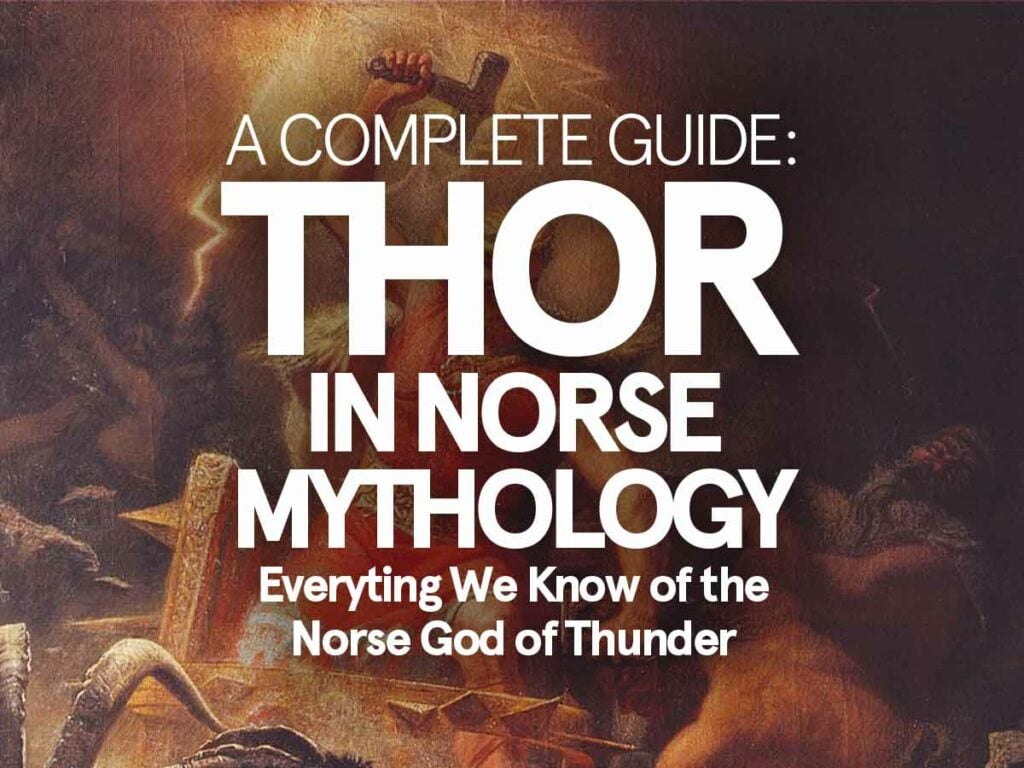
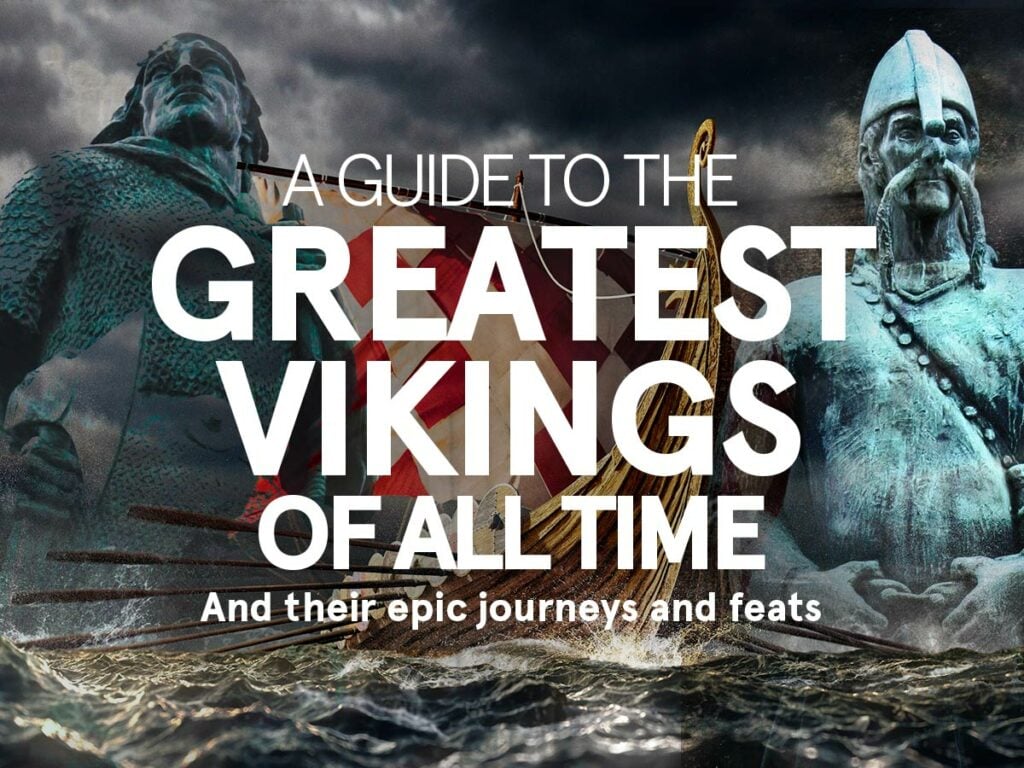
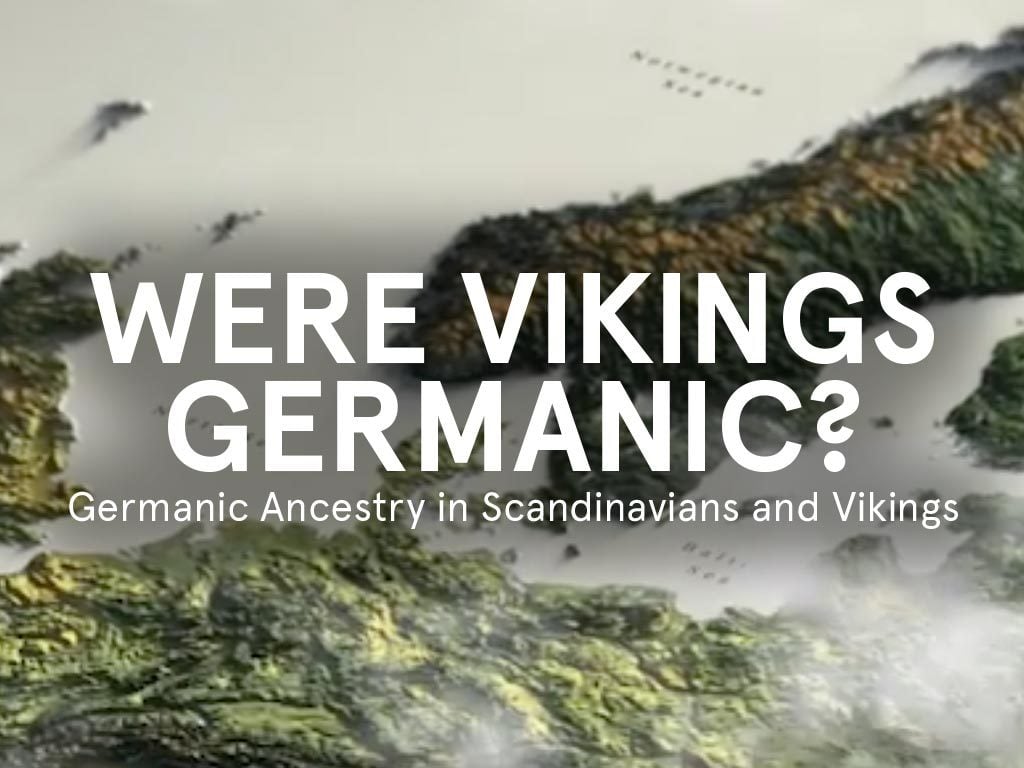

My Grandfather on mom’s side was born in Marstrand, Sweden. His name is Gosta Mattsson.
With Hermitage.com, I stem of the Swedisch Vikings. I am a Frisian living inthe Dutch part, there are 2 parts in Germany aswell. I am a follower of Thot/Tonger, he apeared in my dream decades oago voice and lightin. Later on his Hammer Mjolner apeared in my dreams, I even used it in my dreams.
Hello Atte!
Frisians definitely share a lot of heritage with Scandinavians, and in many cases it’s because of Viking settlements in the region. There have also been previous Germanic migrations from Scandinavia to the region as a whole, and if you’re interested to learn more about that you can dig deeper in any of these articles:
https://nordicperspective.com/facts/netherlands-scandinavia-connection
https://nordicperspective.com/history/vikings/are-scandinavians-and-vikings-germanic
https://nordicperspective.com/history/germanic-tribes
Is the name Sweekhorst of Swedish background?
twdjr3@gmail.com
Is the name Sweekhorst Swedish?
twdjr3@gmail.com
It doesn’t sound very Swedish to me, but perhaps Dutch?
I find this information very exciting to read about. For years I’ve been highly interested in Vikings and their origins, and even more so ever since I received my ancestry.com results confirming that my dad’s side of the family come mostly from Sweden and Denmark.
My Swedish surname is Vickland, however was phoeneitcally changed/Americanized by a ship’s cleark in 1880 from Viklund. My research has found ~10 generations from Eastern Sweden in/around Enånger, Gävleborg (first name: Per, father Anders) and at least 1 generation from Malmo (Per’s wife) where you are from. The Malmo maiden last name is Wittenstrom (first name: Mathilda). Are Viklund or Wittenstrom names familiar to you?
Interesting! I had an old army officer named Viklund (that was on the island Gotland), but other than that i can’t say Viklund or Wittenström is familiar to me, though they are certainly common enough surnames here in Sweden. I did find a famous Wittenström, maybe that could be a distant relative? https://sv.wikipedia.org/wiki/Gustaf_Wittenstr%C3%B6m
My great grandfather was from hanosand and was Ernest Anderson he became a harbor master in Stockholm but had to change his last name to Hedberg he was lost at sea. My grandfather was from hanosand and my grandmother was from A land island. I went to Sweden area years ago to visit family and tour Sweden
My last name is Stark and my grandfather was from Sweden. Story was told that my
ancesters in Sweden were named Anderson and that the name Stark was given by
the king of Sweden and i don’t know when or if that is really true. I never knew my
Grandfather as he died before i was born. Also my aunts and uncles said we still had relatives in Sweden. My uncle Pete got letters from them, which he had to get translated at the Embassy in Savannah, Ga.
Stanley Stark
Hello Stanley, and thanks for sharing your story!
Stark is what we call a classic “soldier’s surname” in Sweden, and was most likely given to your ancestor during his military service.
It means “Strong” and was a common surname given to Swedish soldiers in the 18th century to differentiate all the multiple “Andersson”, “Eriksson”, etc. from each other.
Although there is likely no way to verify how it was given to your ancestor specifically, it’s not impossible that the soldiers who shared surnames with many others were given a new name “by the King” (i.e. by the King’s decree). It was however most likely their officers who attributed the specific name to each soldier, and not the King himself. As far as I know though, it was attributed to soldiers based on their actual persona, skills, and characteristics — so it wasn’t completely made up from nothing.
Glad to see you’re getting in touch with your roots! If you want to read more about Swedish surnames, here’s an article I wrote that offers some further reading: https://nordicperspective.com/names/swedish-last-names
All the best,
Karl